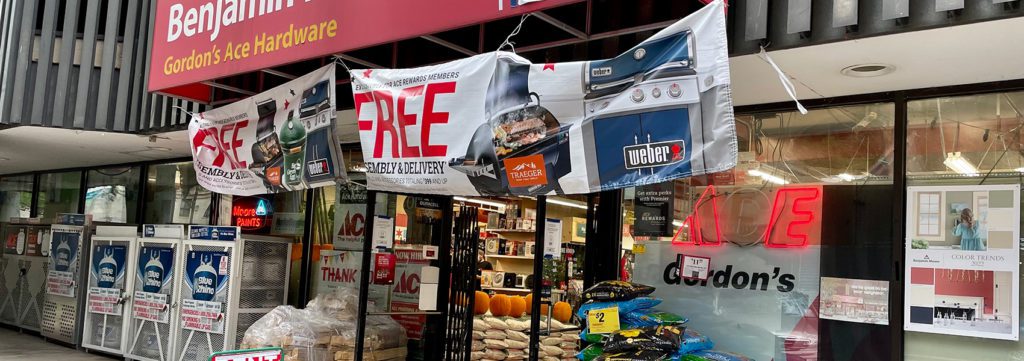Is your small business website ADA-compliant and why else you might be sued.
When you started your business, you filled out the requisite paperwork (type of business, tax forms, etc), and opened accounts (bank, credit cards, shipping, etc.). You followed the rules for setting everything up. But did you think about whether or not your website was ADA-compliant? Was it accessible for people with disabilities who wouldn’t be able […]
Is your small business website ADA-compliant and why else you might be sued. Read More »





